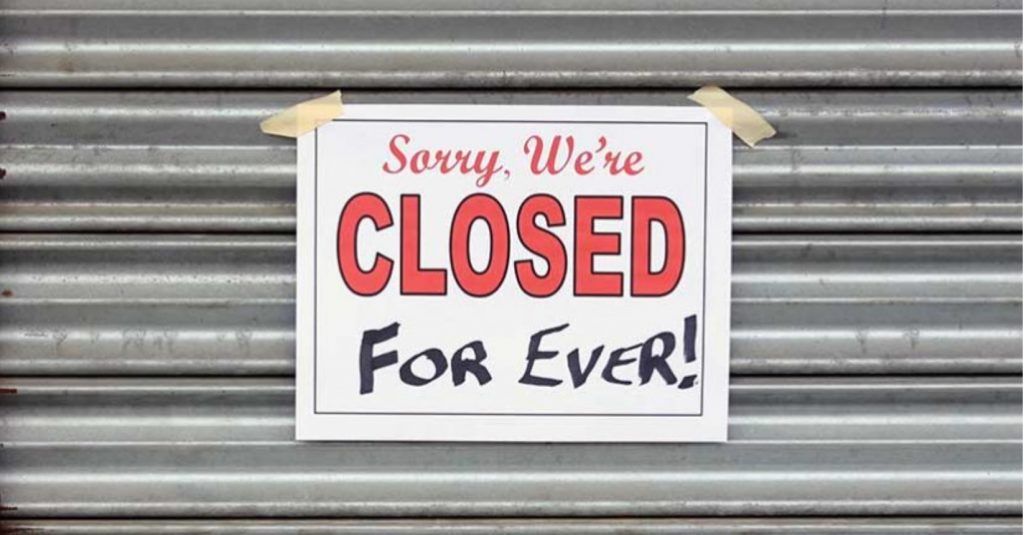
When I managed a small subsidiary company in the 1990s, I read a book by ex ICI chair John Harvey Jones on values. He said – and I am paraphrasing wildly – that any useful organisational value must have an opposite which would work in other circumstances, otherwise it’s so much mom-and-apple-pie stuff you can’t disagree with, but which does not motivate or drive very much, either.
When my team tried articulating our collective values, we all agreed on loyalty – which the marketing men said was not an appropriate marketing slogan, so I knew we were on to something. What could be (in other contexts) a useful opposite? Impartiality, for example. Loyalty was something we felt, and it also turned out to be something our clients could feel (and appreciate). Someone else could contribute impartiality.
As we face a puzzling current widespread refusal of North American infrastructure agencies to set clear SMART targets, we have wondered aloud if it’s because they don’t want anything they could fail at. I begin to wonder if it’s worse than this, a lack of clear purpose or value at all.
I think I have just spotted the worst yet: a transportation agency that’s adopted ‘We Make People’s Lives Better’. Their top leadership are very proud of it, since who doesn’t want to Make People’s Lives Better? The detail of what counts as better, which people, how we will do this – and what we do if one lot of people want something that would adversely affect another group of people? Well, don’t be negative, we can work that all out later. (And don’t even bring up all the critiques of naïve utilitarianism.)
Do we want a bus company to ‘make our lives better’, or do we just want them to concentrate on running an efficient and comfortable bus service?
For the moment, we asset managers can play the game of what, if anything, would not fit under this rhetoric. How could it even in theory rule out a bad option?
Yeah, it was a high-priced consultancy that facilitated this, but why does this even feel right to the executive, apart from being a meaningless feelgood statement?
Is it a triumph of the marketing men, or a complete dereliction of duty?

Every infrastructure project causes damage – to society, to the environment. We know this. A new road means loss of green space. It disrupts existing commerce and communities. Steel and cement are toxic to the environment. We accept this damage as a necessary cost of achieving a larger community good.
For too long, we have accepted this ‘larger community good’ to be the short term jobs that are created. But as shown in the last two posts, not only is this jobs gain illusory, it causes its own damaging distortions in the economy. Construction workers might gain, but other workers lose.
So if we are to support a new infrastructure project it must be because of the greater, ongoing benefits that the infrastructure will provide – after it has been constructed. For evidence based decision making, this is where we must seek our evidence.
How do we do this? What sort of evidence should we seek?

When a government runs a ‘balanced budget’ its spending (and the jobs that this spending creates) is compensated for by its taxing (and the jobs that this taxing destroys). It follows that the justification for infrastructure can never be the jobs it creates for it doesn’t create any – it simply shifts jobs from one part of the economy to another.
The job losses are not easily measured but they are real. As asset managers we see it all the time, when, following an infrastructure spending splurge, governments try to claw back the money spent by reducing funds for operations and maintenance. So that not only is there not only no net increase in funding and jobs but we are now left with distortions in the economy – more assets to maintain but smaller budgets with which to do it.
We can see this level of distortion when it happens in our own organisations. But impacts extend beyond those organisations that benefit from the infrastructure spending, to those many companies, associations, individuals that now experience higher taxes or lower government spending in their areas or lower demand because spending has been shifted elsewhere. This is difficult to see and where logic must apply.
How can we be sure that spending money on a new infrastructure project trumps spending the same amount of money on hospital staff or teachers, out-of-work youth, or any one of a number of other spending opportunities?

Recent Comments